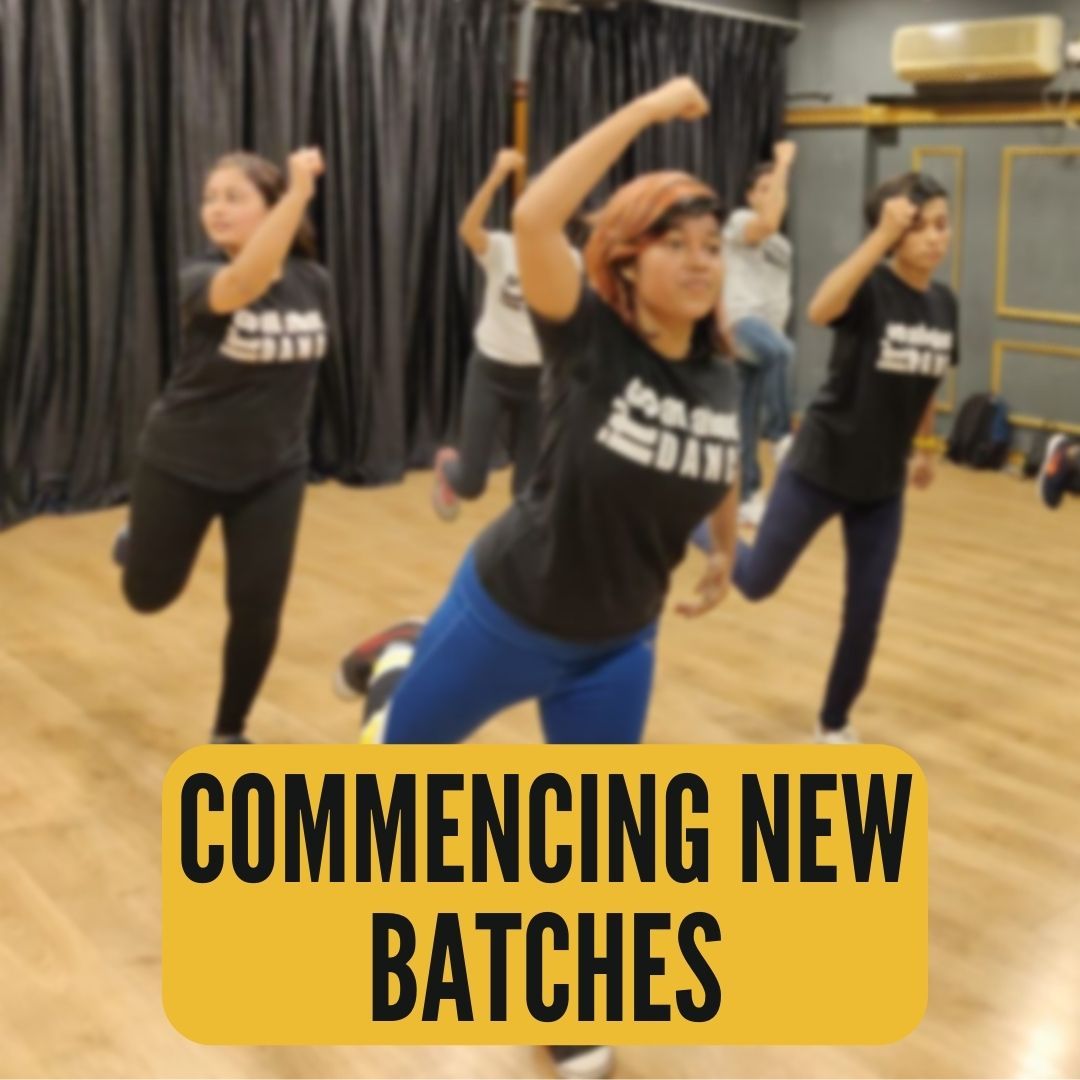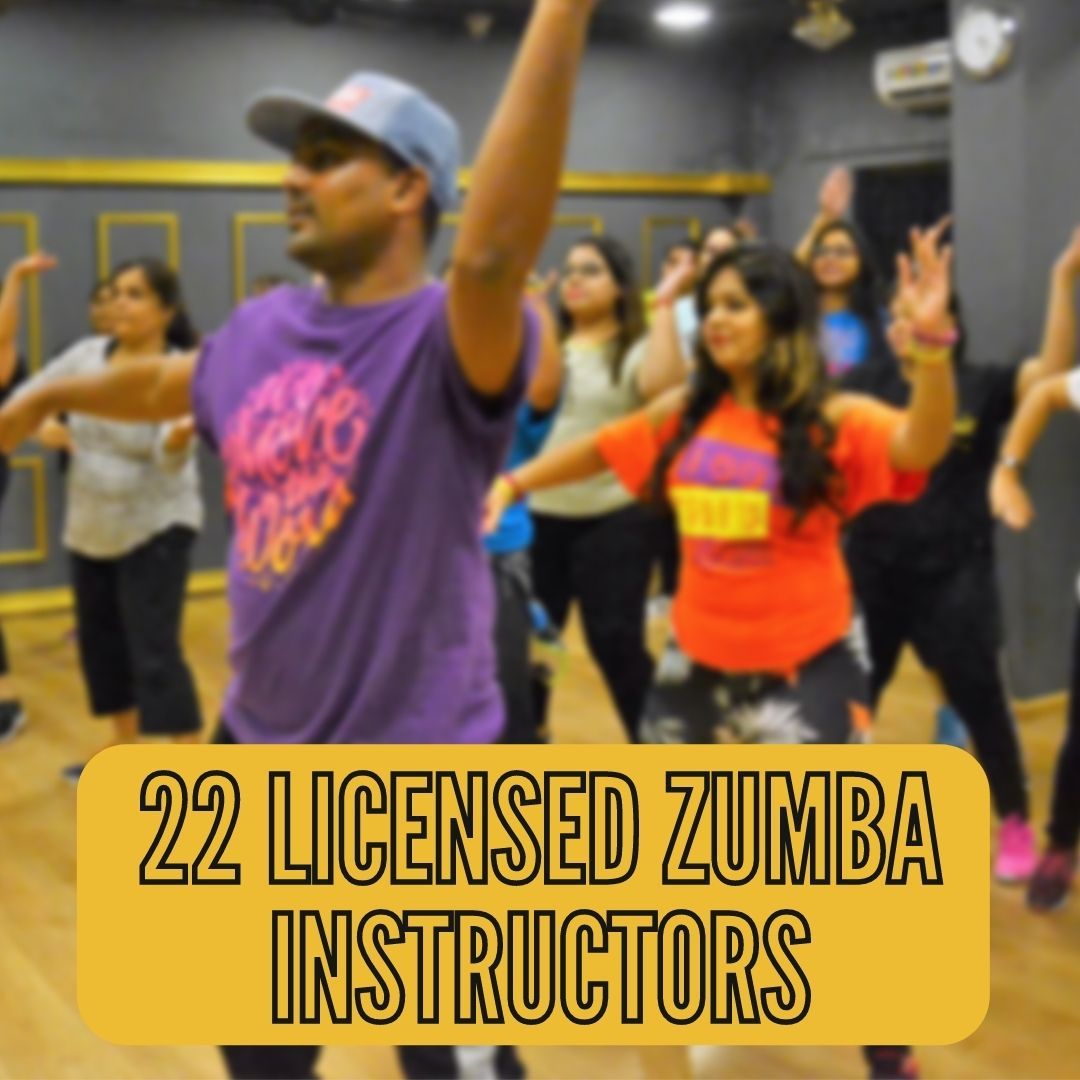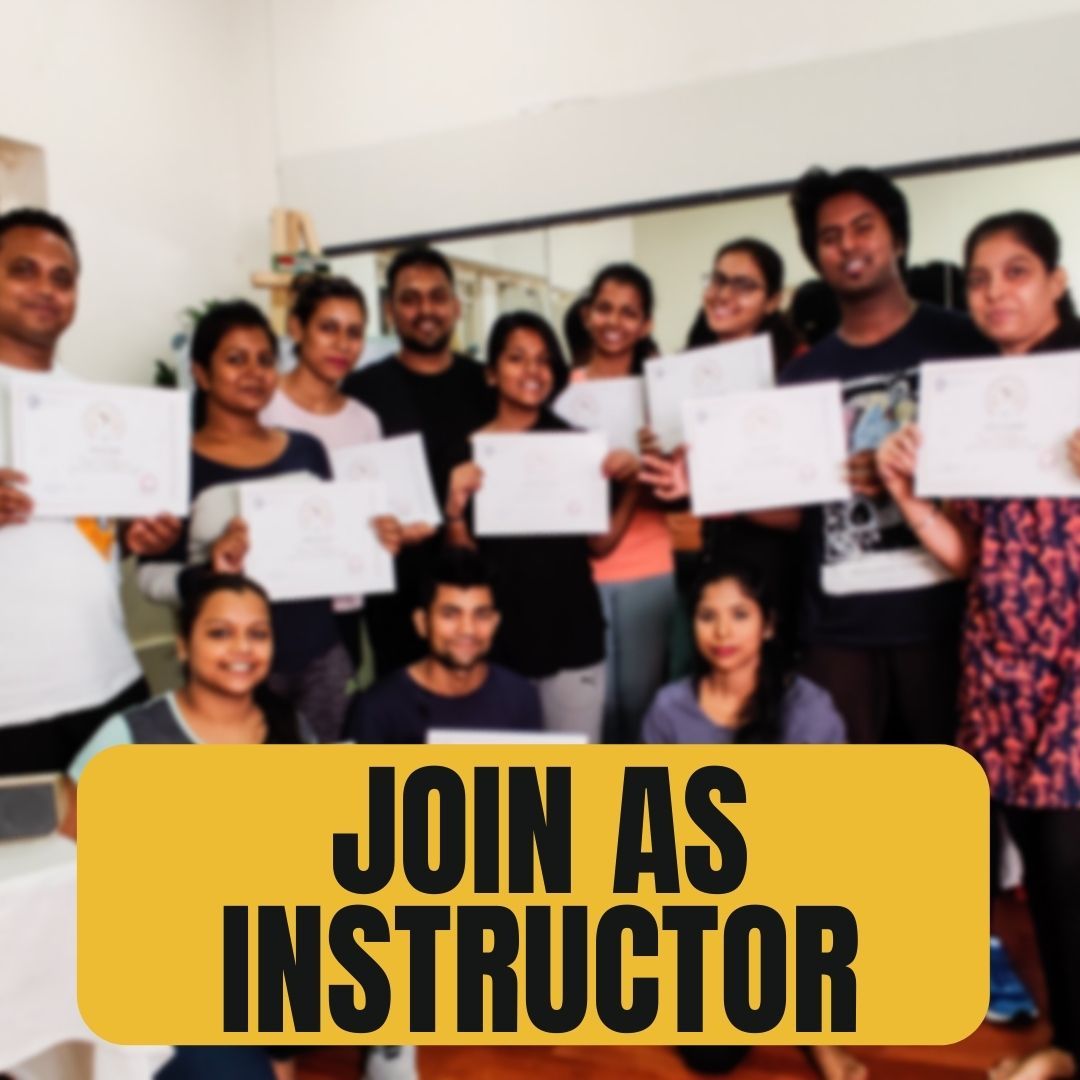How Dance can have numerous benefits for children's psychology.
Here are 10 points that highlight some of these benefits:
- Improves self-esteem and confidence: Dance can help children to develop a sense of pride in their achievements, leading to an increase in self-confidence and self-esteem.
- Enhances social skills: Dance classes provide an opportunity for children to interact with others and learn how to communicate effectively, which can improve their social skills.
- Develops discipline and focus: Dance requires a high level of discipline and focus, which can translate into other areas of a child's life.
- Encourages creativity: Dance allows children to express themselves creatively and explore new ways of moving, fostering a sense of imagination and creativity.
- Promotes physical fitness: Dance is a form of exercise that can help children to stay physically fit and healthy.
- Reduces stress and anxiety: Dance can be a fun and enjoyable way for children to relieve stress and anxiety.
- Improves coordination and motor skills: Dance requires a high level of coordination and motor skills, which can improve a child's overall physical development.
- Boosts brain development: Research has shown that dance can help to improve cognitive function and brain development in children.
- Fosters a sense of community: Dance classes can create a sense of community and belonging, allowing children to connect with others who share their interests.
- Provides a sense of accomplishment: Dance can provide children with a sense of accomplishment and pride in their achievements, helping to boost their self-esteem and confidence.
Dance learning can help to improve self-esteem and confidence in a number of ways:
- Positive feedback: Dance teachers can provide positive feedback and encouragement to help children feel good about their progress and achievements.
- Sense of accomplishment: Learning new dance skills and routines can give children a sense of accomplishment, which can improve their self-esteem.
- Supportive environment: A supportive and positive dance environment can help children to feel comfortable and confident in expressing themselves through dance.
- Individual expression: Dance allows children to express themselves in unique ways, which can improve their confidence and self-esteem.
- Mastery of skills: As children master new dance skills, they can gain confidence in their abilities and feel more positive about themselves.
- Performance opportunities: Opportunities to perform in front of an audience can help children to develop confidence in their abilities and feel proud of their accomplishments.
- Overcoming challenges: Overcoming challenges and working through difficult dance routines can help children to build resilience and feel more confident in their abilities.
Dance learning can provide children with a positive and supportive environment to improve their self-esteem and confidence, as well as a sense of accomplishment and mastery over new skills.
Dance learning can help enhance social skills in several ways:
- Collaboration: Dance often involves working in groups or pairs, which encourages children to collaborate and communicate with others.
- Nonverbal communication: Dance requires children to communicate with each other through nonverbal cues such as body language and movement, which can improve their ability to understand and interpret nonverbal communication in other contexts.
- Empathy: Dance involves understanding and responding to other dancers' emotions and movements, which can help children develop empathy and an understanding of others' perspectives.
- Positive social interactions: Dance provides a positive social environment for children to interact and build relationships with others who share their interests.
- Respect for diversity: Dance can expose children to different styles, cultures, and backgrounds, fostering respect and appreciation for diversity.
- Feedback and critique: Constructive feedback and critique from dance teachers and peers can help children to develop social skills such as giving and receiving feedback, and learning how to handle criticism in a positive way.
Dance learning can provide opportunities for children to collaborate, communicate, empathize, and build positive relationships with others, which can enhance their social skills and help them to navigate social situations more effectively.
Dance requires a high level of discipline and focus, and learning to dance can help children to develop these qualities in several ways:
- Regular practice: Regular dance practice and repetition can help children develop a sense of discipline and commitment to their goals.
- Attention to detail: Dance requires attention to detail, which can improve children's ability to focus on specific tasks and stay engaged in the learning process.
- Memorization: Learning dance routines and sequences can improve children's memory and concentration skills.
- Physical control: Dance requires physical control and precision, which can help children to develop discipline in their movements and body control.
- Mental focus: Dance can require mental focus, helping children to learn how to concentrate and avoid distractions.
- Time management: Dance classes and performances require punctuality and time management, which can help children develop a sense of responsibility and self-discipline.
The discipline and focus required in dance can help children to develop important life skills such as time management, attention to detail, and self-control, which can translate into other areas of their lives.
Dance is a form of creative expression and can encourage creativity in children in several ways:
- Movement exploration: Dance allows children to explore movement and express themselves through their bodies, encouraging creativity and imagination.
- Improvisation: Dance improvisation encourages children to create movement spontaneously, fostering creativity and self-expression.
- Choreography: Dance choreography requires creativity and allows children to develop their own unique dance routines and movements.
- Music interpretation: Dance often involves interpreting music through movement, which can encourage children to think creatively and find new ways to express themselves through dance.
- Costume and set design: Dance performances often involve costume and set design, providing opportunities for children to use their creativity in designing and creating their own costumes and sets.
- Collaboration: Dance collaborations with other dancers, choreographers, and musicians can foster creative thinking and the development of new ideas.
Dance encourages children to think creatively and find new ways to express themselves through movement and other forms of artistic expression, providing opportunities for them to develop their own unique styles and approaches to dance.
Dance is a form of physical activity that can promote physical fitness in a number of ways:
- Aerobic exercise: Dance involves continuous movement and can provide aerobic exercise, which can improve cardiovascular health and stamina.
- Strength training: Many dance styles involve strength training exercises such as jumps and lifts, which can help to build muscle and improve overall physical strength.
- Flexibility: Dance requires a high level of flexibility, and practicing dance can improve range of motion and flexibility.
- Coordination: Dance involves complex movements that require coordination between different parts of the body, improving overall coordination and balance.
- Weight management: Dance can burn a significant amount of calories, which can help to manage weight and improve overall health.
- Endurance: Dance requires sustained movement over a period of time, which can improve endurance and stamina.
To promote physical fitness through dance, children can engage in regular dance practice and training, participate in dance classes and workshops, and perform dance routines and performances. Incorporating different styles of dance can also provide a variety of physical benefits and prevent boredom. Additionally, ensuring proper warm-up and cool-down routines before and after dance practice can help to prevent injury and promote overall physical health.
Dance reduce stress and anxiety in several ways:
- Physical activity: Dance is a form of physical activity, which releases endorphins in the brain and promotes feelings of happiness and relaxation.
- Mind-body connection: Dance requires a strong mind-body connection, which can help to reduce feelings of stress and anxiety by promoting relaxation and mindfulness.
- Self-expression: Dance allows individuals to express themselves creatively, which can help to reduce feelings of stress and anxiety by providing an outlet for emotions.
- Social support: Participating in dance classes and performances can provide a sense of community and social support, which can help to reduce stress and anxiety.
- Distraction: Dancing can provide a distraction from stressors and negative thoughts, allowing individuals to focus on the present moment and engage in an enjoyable activity.
- Relaxation techniques: Some dance styles, such as ballet and contemporary, incorporate relaxation and meditation techniques that can help to reduce stress and anxiety.
Dance can provide a unique and effective way to reduce stress and anxiety by promoting physical activity, mindfulness, self-expression, social support, and relaxation techniques.
Dance can help to improve coordination and motor skills in children and adults in several ways:
- Cross-lateral movement: Many dance styles involve cross-lateral movement, which involves moving the arms and legs in opposite directions. This can help to improve coordination and the ability to move different parts of the body independently.
- Body awareness: Dance requires a high level of body awareness, and practicing dance can improve an individual's ability to control and coordinate their movements.
- Spatial awareness: Dance involves moving through space and requires an understanding of spatial relationships. Practicing dance can improve an individual's ability to navigate space and move in relation to others.
- Balance and stability: Dance often requires balance and stability, and practicing dance can improve an individual's ability to maintain balance and control their movements.
- Fine motor skills: Many dance styles involve intricate footwork and hand movements, which can improve fine motor skills and hand-eye coordination.
- Timing and rhythm: Dance involves moving in time to music, and practicing dance can improve an individual's ability to recognize and move in time with different rhythms and tempos.
Dance involves complex movements that require coordination and motor skills, and practicing dance can help individuals to develop and improve these skills. Regular dance practice and training can provide opportunities for individuals to challenge themselves, improve their coordination and motor skills, and develop their own unique style and approach to dance.
Dancing has been shown to boost brain development in several ways.
Here are some techniques that can help to maximize the cognitive benefits of dance:
- Variety: Dancing to different types of music and styles of dance can help to stimulate the brain and promote the development of different neural pathways.
- Memory: Learning choreography and routines can help to improve memory and cognitive function.
- Coordination: Practicing complex movements and coordination challenges can help to improve brain function and enhance neural connections.
- Visualization: Visualizing dance movements and routines can help to activate the same brain regions as physical practice and enhance motor learning.
- Creativity: Encouraging creativity in dance can promote divergent thinking and increase brain plasticity.
- Socialization: Participating in dance classes and performances can provide opportunities for socialization and cognitive stimulation through interaction with others.
Dance provides a unique and engaging way to boost brain development through a variety of cognitive and physical challenges. By incorporating these techniques into dance practice, individuals can enhance their brain function and promote cognitive development.
Dance can foster a sense of community in several ways:
- Shared passion: Dance brings together individuals who share a passion for movement and expression, creating a common bond and shared experience.
- Collaborative learning: Dance classes often involve collaborative learning and group exercises, which can promote teamwork and a sense of shared accomplishment.
- Positive feedback: In dance classes and performances, individuals often receive positive feedback and encouragement from instructors and peers, creating a supportive and uplifting environment.
- Performance opportunities: Participating in dance performances can provide a sense of community and belonging, as individuals work together towards a shared goal and perform for an audience.
- Socialization: Dance classes and performances provide opportunities for socialization and the development of friendships and connections with like-minded individuals.
- Cultural traditions: Many dance styles are rooted in cultural traditions and can provide a sense of connection to one's cultural heritage and community.
ance can provide a unique and fulfilling way to foster a sense of community through shared passion, collaborative learning, positive feedback, performance opportunities, socialization, and cultural traditions. By participating in dance classes and performances, individuals can connect with others who share their interests and create a supportive and uplifting environment that promotes personal growth and development.
Dance can provide a sense of accomplishment for children in several ways:
- Mastery of skills: As children progress in their dance training, they can develop a sense of mastery over different dance techniques and movements, which can promote feelings of accomplishment and pride in their achievements.
- Goal-setting: Participating in dance classes and performances can involve setting goals and working towards achieving them, providing children with a sense of purpose and direction.
- Progress tracking: Tracking progress in dance through assessments and feedback can help children to see their growth and development over time, which can enhance their sense of accomplishment and motivation.
- Performance opportunities: Participating in dance performances can provide children with a sense of accomplishment as they showcase their skills and abilities to an audience.
- Positive feedback: In dance classes and performances, children often receive positive feedback and encouragement from instructors and peers, which can boost their self-esteem and sense of accomplishment.
- Self-expression: Dancing can provide children with an outlet for self-expression and creativity, which can enhance their sense of accomplishment and self-worth.
Dance can provide a unique and fulfilling way for children to experience a sense of accomplishment through mastery of skills, goal-setting, progress tracking, performance opportunities, positive feedback, and self-expression. By participating in dance classes and performances, children can develop their skills and abilities, boost their self-esteem, and experience a sense of pride and accomplishment in their achievements.





